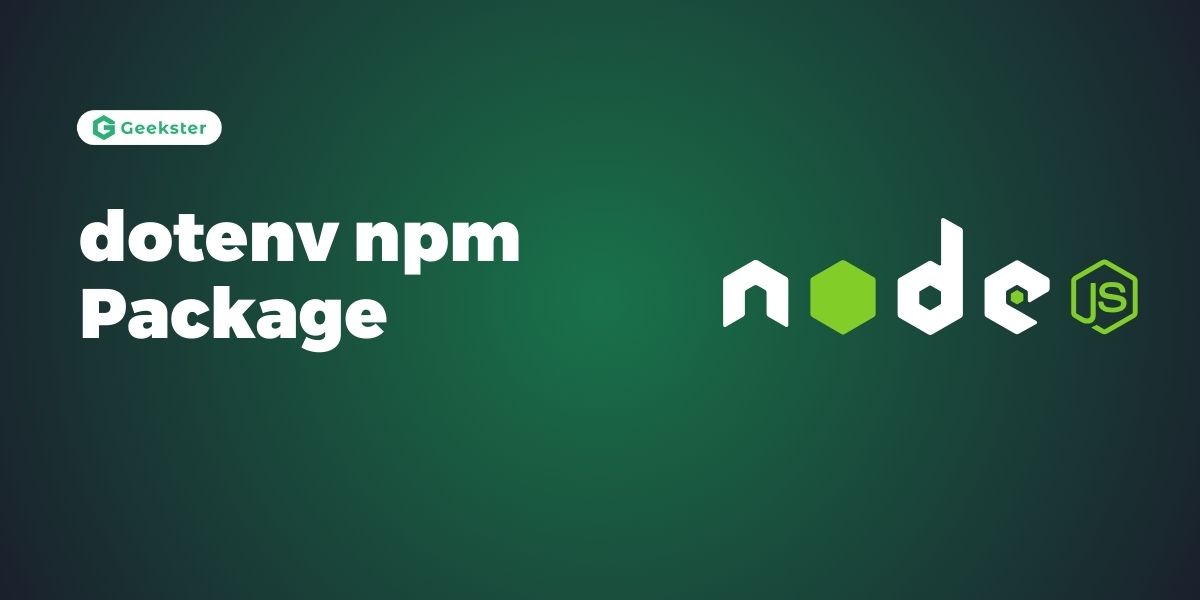Introduction of dotenv npm Package
The dotenv npm Package provides a popular solution for handling environment variables in Node.js applications. Environment variables store configuration data, like API keys and database credentials, in a separate file, keeping sensitive information out of the source code. This separation enhances security and allows developers to easily manage different settings for various environments, such as development, testing, and production. The dotenv npm Package reads these variables from a .env file and makes them accessible at runtime, simplifying the configuration management process.
Syntax of .env file
The syntax for a .env file is simple. Each line contains a key-value pair in the format KEY=VALUE. Here’s an example:
DB_HOST=localhost
DB_USER=root
DB_PASS=s1mpl3
API_KEY=123456789Example
Let’s look at a practical example. First, install the dotenv package via npm:
npm install dotenvCreate a .env file in your project’s root directory:
DB_HOST=localhost
DB_USER=root
DB_PASS=s1mpl3
API_KEY=123456789Next, create a server.js file to use these variables:
require('dotenv').config();
const express = require('express');
const app = express();
const dbHost = process.env.DB_HOST;
const dbUser = process.env.DB_USER;
const dbPass = process.env.DB_PASS;
const apiKey = process.env.API_KEY;
app.get('/', (req, res) => {
res.send(`DB Host: ${dbHost}, DB User: ${dbUser}, API Key: ${apiKey}`);
});
app.listen(3000, () => {
console.log('Server is running on port 3000');
});
Explanation
- The
dotenvpackage is required, and itsconfig()method is called to load the environment variables. - Variables are accessed using
process.env.VARIABLE_NAME. - When the server runs and you navigate to
http://localhost:3000, it displays the values of the environment variables.
Why Do We Need It?
- Security: Keeping sensitive data like passwords and API keys out of the source code reduces the risk of exposure.
- Configuration Management: Easily switch between different configurations for various environments without altering the code.
- Simplification: Managing settings through environment variables simplifies deployment and scaling, leading to a cleaner codebase
Conclusion
The .env npm package is essential for Node.js developers. It provides a straightforward and secure method for managing environment variables, enhancing security, and simplifying the management of different environments. Integrating .env into your workflow can streamline development and improve application security.
Frequently Asked Questions
.env package? Use the command `npm install dotenv`.
.env file? Place it in the root directory of your project.
.env in production? Yes, but ensure the .env file is not exposed in your version control system. Use deployment-specific tools for secure environment variable management.

